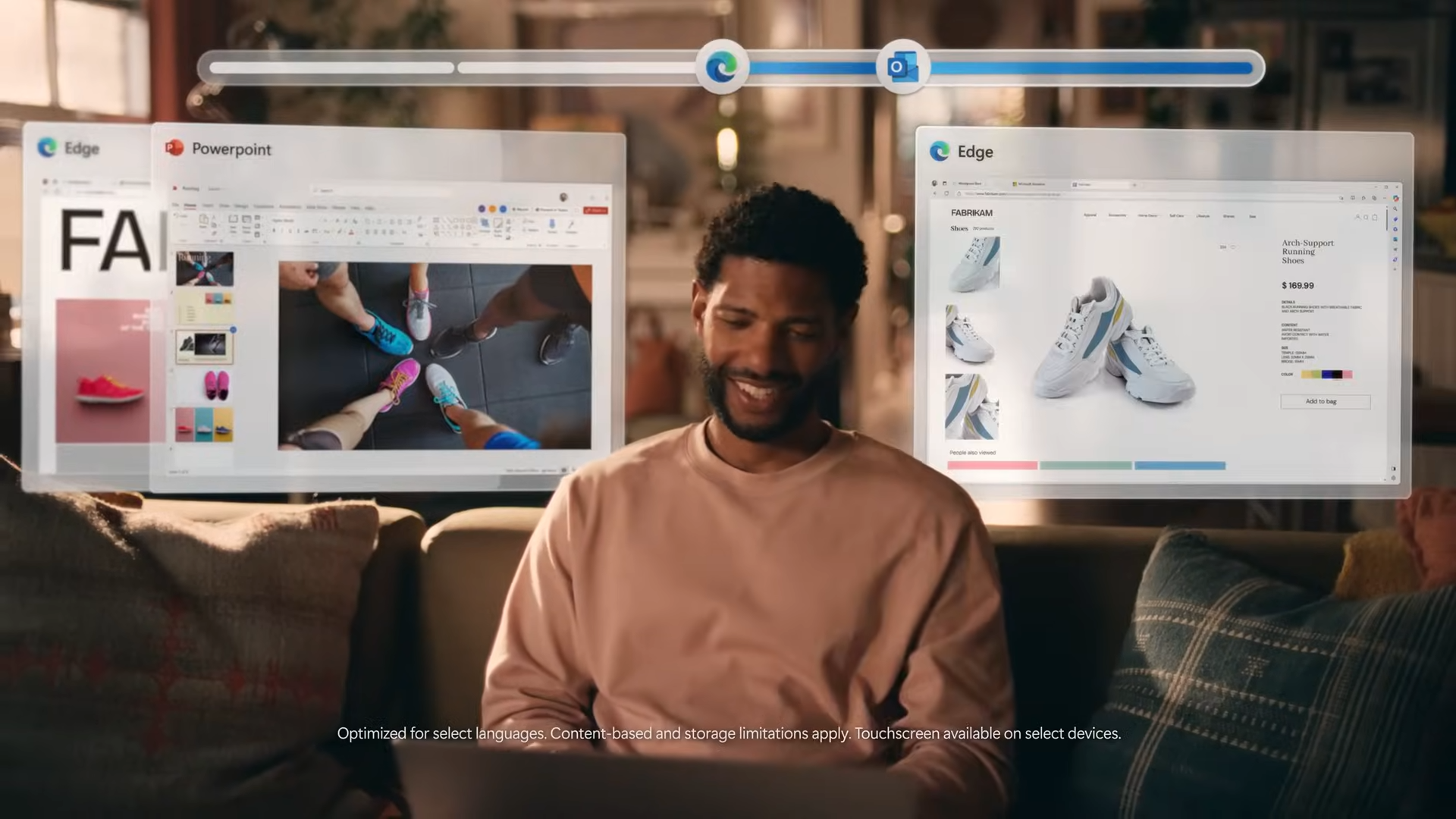Apple Vision Pro faces harsh reality — could declining sales and mixed reviews kill Apple's headset?
Vision Pro sales are fizzling, but there's still hope
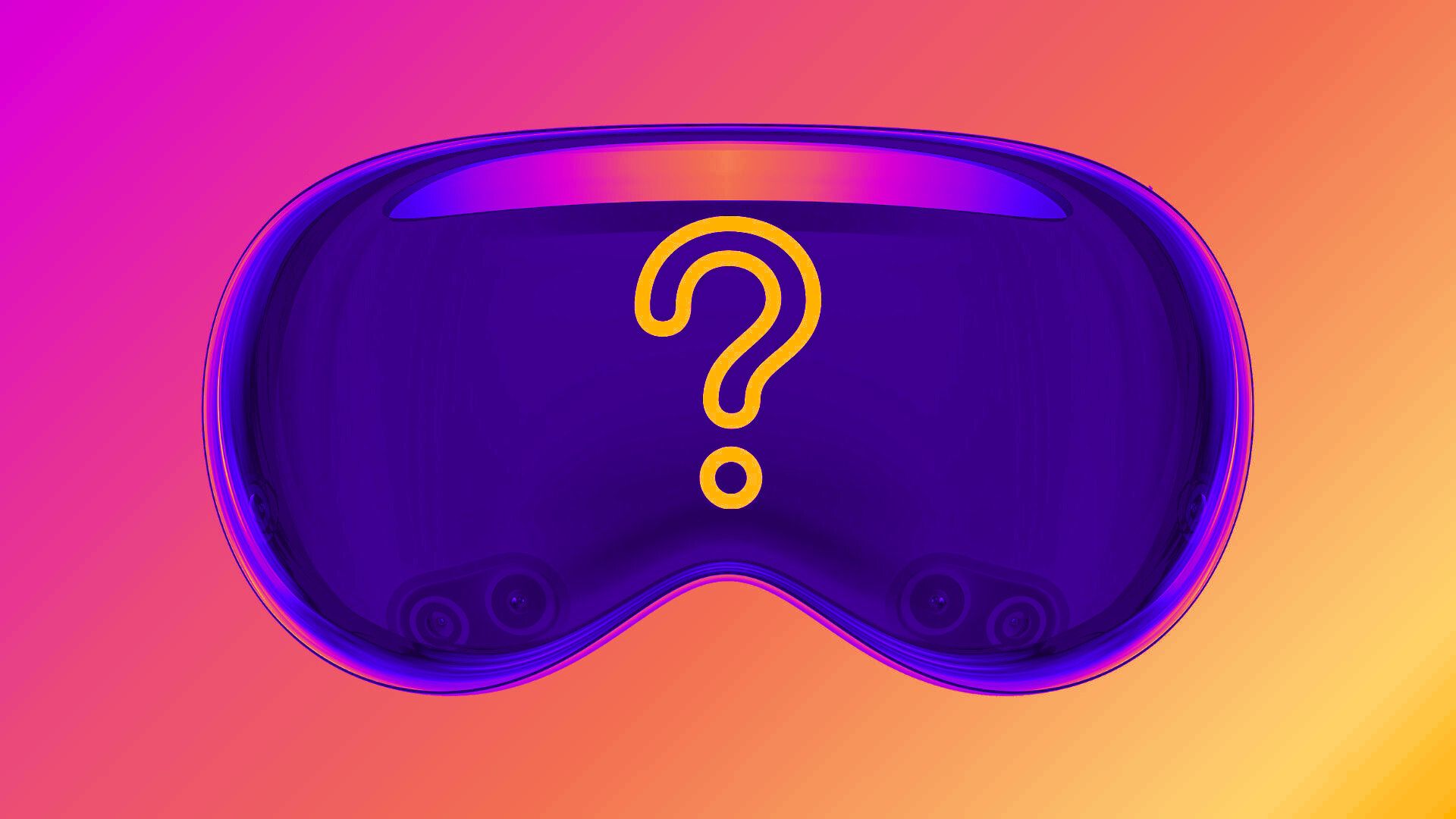
Only a few months after launch, we're already seeing Apple Vision Pro sales declining. The Vision Pro is already a tough sell thanks to its $3,500 price tag, but that didn't stop thousands of people from pre-ordering it back in January.
However, that excitement continues to fizzle as the Vision Pro gets bogged down in mixed reviews, durability concerns, and user boredom. So we asked, what exactly is causing Vision Pro sales to slip, and is there any hope for Apple to turn things around?
Here's a look at the numbers and key fixes that could reignite interest in the Apple Vision Pro.
Are Apple Vision Pro sales declining?
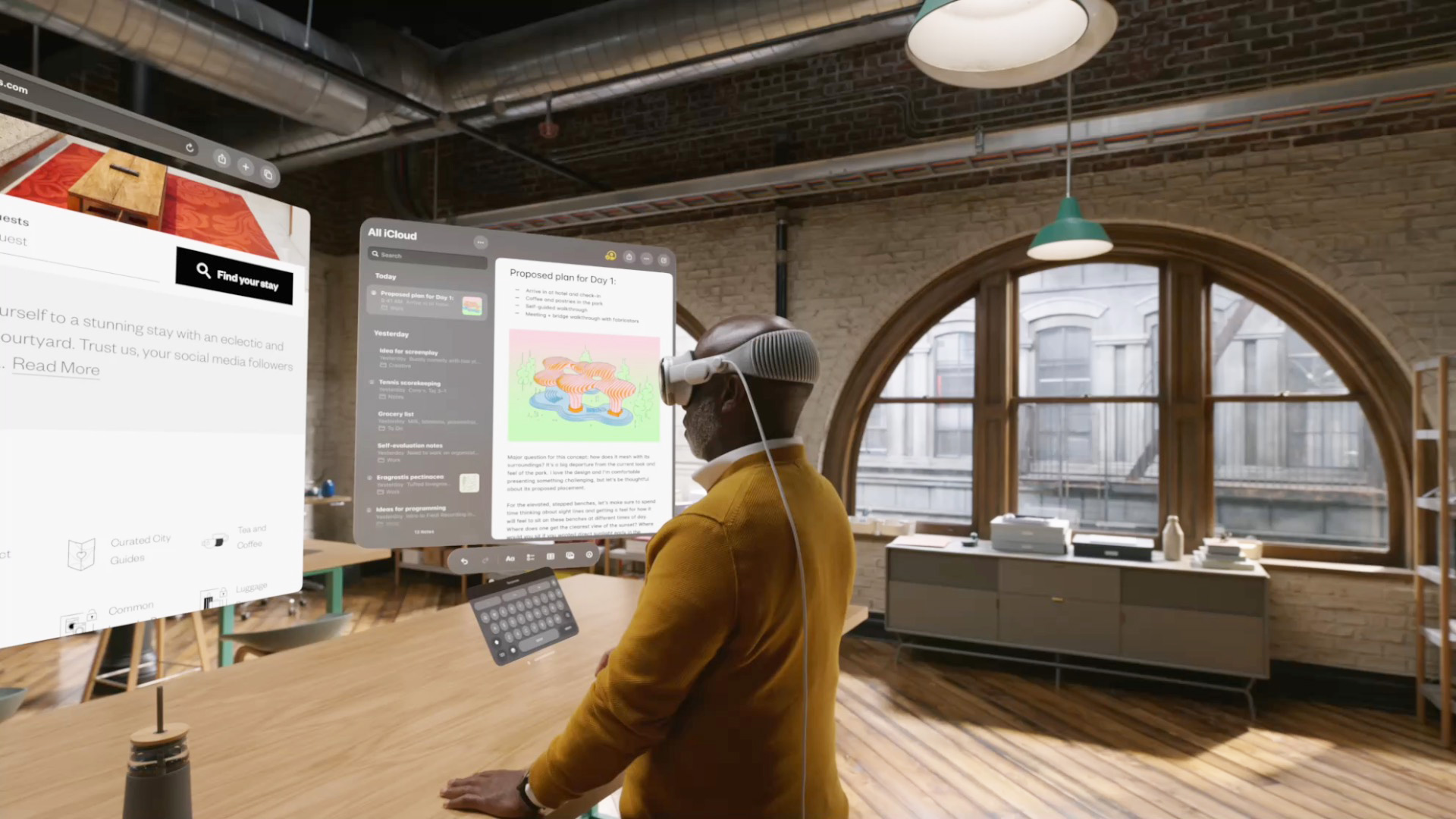
Apple has already met its initial Vision Pro sales estimate of 200,000 units with a low return rate of around 1% (so far). At first glance, it looks like the Vision Pro is a success. Unfortunately, it's not that simple.
While Vision Pro demand was higher than expected after initial release, growth in demand has declined, according to Apple analyst Ming-Chi Kuo. Additionally, Bloomberg's Mark Gurman noted in an April 21 newsletter that customers are booking fewer Vision Pro demos at Apple stores, leaving many locations selling just a few headsets per week.
Despite this, Apple is still planning to expand Vision Pro production by up to 800,000 units through the end of the year. Apple must be optimistic about improving demand if it's expecting to quadruple the number of Vision Pro headsets they sell this year. Even if they succeed, will it be enough to catch up to Meta's Quest headset? Probably not.
The Meta Quest 2, Meta's most popular headset, has sold an estimated 20 million units since it launched in 2020. Of course, it's been available for far longer than the Vision Pro, but even if we look at its first few months of sales, the Quest 2 is still way ahead.
Stay in the know with Laptop Mag
Get our in-depth reviews, helpful tips, great deals, and the biggest news stories delivered to your inbox.
The Quest 2 went on sale in October 2020 and sold an estimated 1.87 million units by the end of the year, around 1 million more than even the most ambitious Vision Pro sales estimate. The Vision Pro's sky-high price might be the biggest factor stifling demand, but there are more issues at play than just cost, namely the visionOS app library.
The Apple Vision Pro app library — or lack thereof
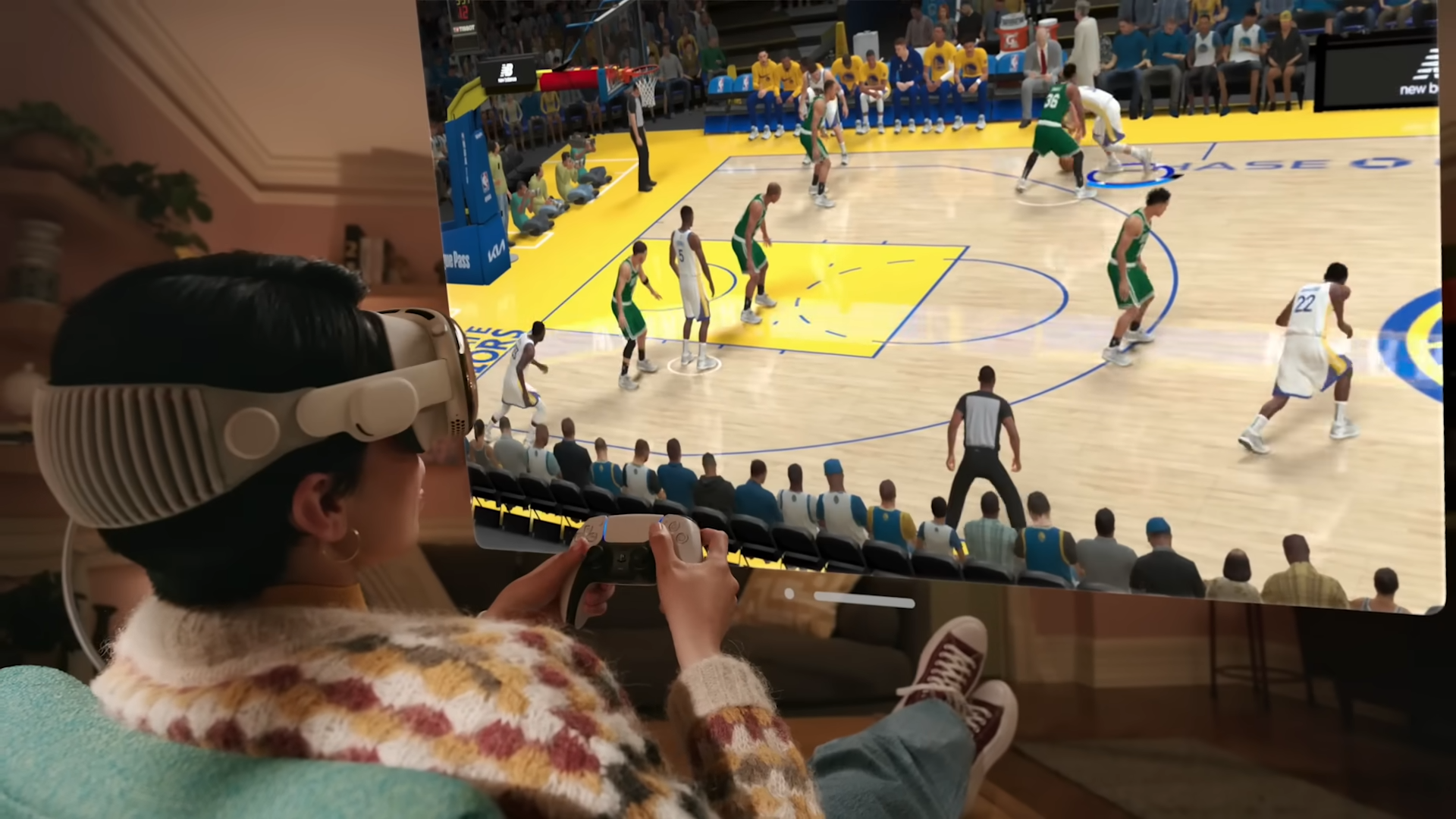
Apple's promos for the Vision Pro focus heavily on the hardware and what the headset is capable of. There's a lot of incredible engineering that went into this headset, no doubt, but there's a big difference between what it's capable of and what it can actually do. That's where the app library comes in.
As of early 2024, there are about 1,000 apps designed specifically for the Vision Pro. That might sound like a lot at first, but it pales in comparison to the 2 million iPhone apps currently on the app store.
Around 1.5 million apps from other Apple devices, mainly the iPad, are also compatible with visionOS. However, just because an app is technically capable of running on the Vision Pro, does not mean it is well optimized. Many apps that are technically compatible with visionOS offer a much better experience on the platform they were originally designed for.
For example, you might be able to download and play an iPad game on your Vision Pro, but it won't result in much more than a big screen showing the game exactly as it appears on the iPad—not the immersive AR/VR experience the headset was designed for. It's great that the Vision Pro can run immersive games of its own, but if developers aren't making any, that's not part of the user experience, either.
What's interesting about this issue is that the Meta Quest library also has about 1,000 apps and games. Mark Zuckerberg even claimed in a recent Threads post that the Quest headsets are better products than the Vision Pro. Why is the same number of apps working better for the Quest headsets than the Apple Vision Pro? Apple will need to work out the answer for the Vision Pro to truly achieve everything its hardware is capable of.
Is it too late for Apple to revive interest in the Vision Pro?
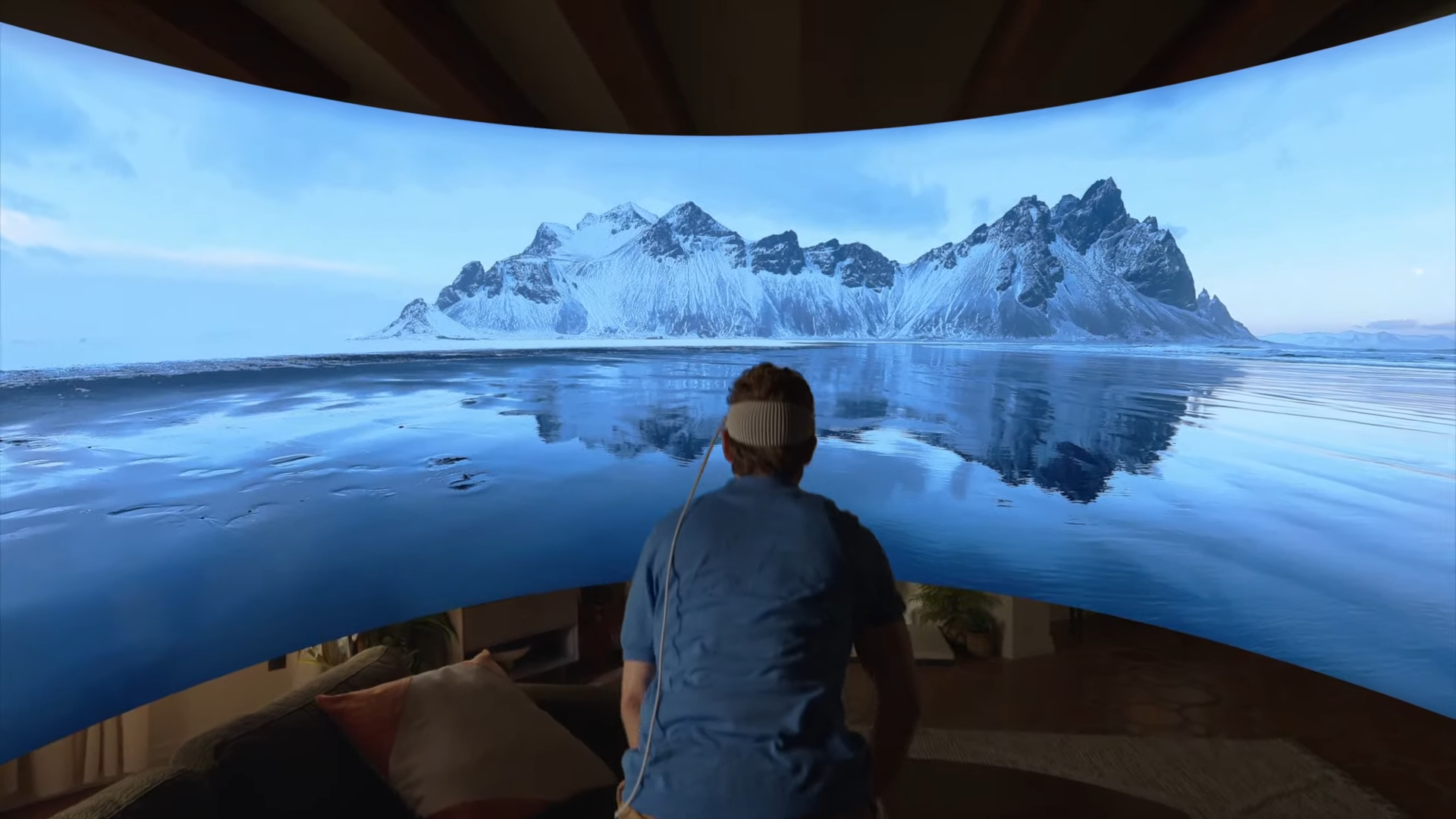
Despite strong enthusiasm from the get-go, the Apple Vision Pro has been plagued with mixed opinions and everyday use issues like poor comfort, high weight, limited apps, and even durability concerns. That's a lot of strings attached to a $3500 price tag. Is there any way for Apple to overcome this and revive interest in the Vision Pro? Possibly.
Apple might not be able to reduce the weight of the Vision Pro, but it could release a higher-capacity battery pack. One of the main use cases for the headset is watching movies, but the current battery packs don't last long enough for a complete film. Selling battery packs that last that bit longer would go some way to improve that experience.
A stronger app library could also boost interest in the Vision Pro, especially if Apple can foster a hit app only available on its headset. Right now, other devices are better at almost everything Apple wants people to use the Vision Pro for. As long as that remains the case, Apple's headsets will continue to be niche products, more an accessory than a main device.
Apple's first-gen headset has potential, but Vision Pro sales are declining because it's not living up to any of it. It's okay at a lot of tasks, however, it's not incredible at any one thing—at least not in the way the iPod revolutionized MP3 players or the iPhone revolutionized cellphones.
The most common complaints people have about the Vision Pro might seem like little things, but if there's one thing Apple has shown us over the years, it's the details that make all the difference. Ironically, a lot of those details fell through the cracks with the Vision Pro, but there's still hope for it if Apple can pick up those pieces and give them the attention they deserve.
More from Laptop Mag

Stevie Bonifield is a freelance tech journalist who has written for PC Gamer, Tom's Guide, and Laptop Mag on everything from gaming to smartwatches. Outside of writing, Stevie loves indie games, TTRPGs, and building way too many custom keyboards.
